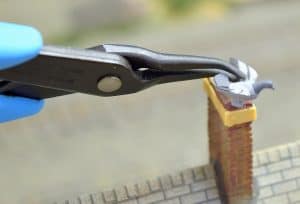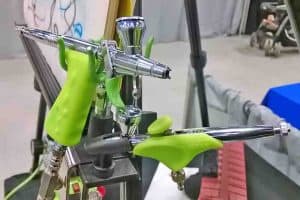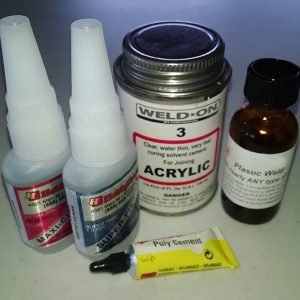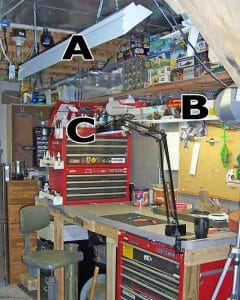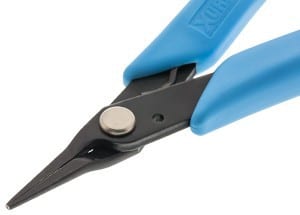Tom’s Corner
Tips, techniques and commentary from Master Model Railroader Tom Piccirillo
Some people say, “It’s all in the details.” This is certainly true for award-winning scale models. Models are submitted for judging at contests, and much of the “score” needed to win an award is derived by the clean installation and proper placement of details.
[Read more…]

